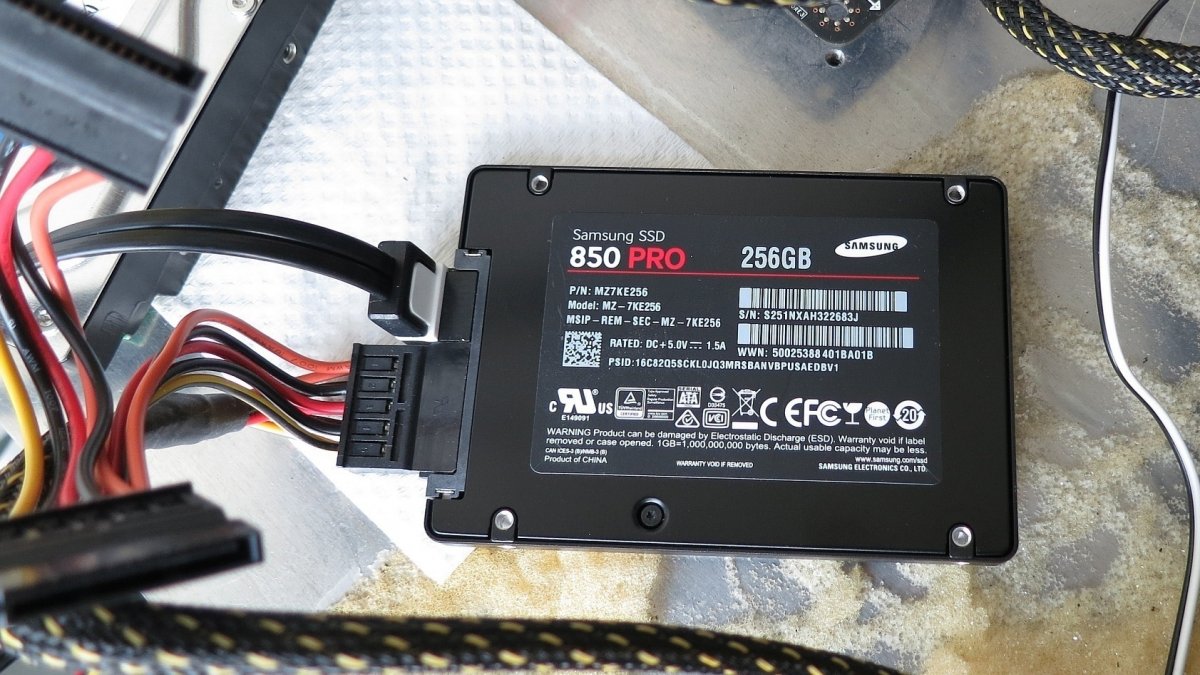levinet
Cadet
- Joined
- Jan 9, 2021
- Messages
- 9
Hey!
I have this setup:
HP DL380E G8
LSI 9207-8i HBA
Qlogic QLE2562 FC
64GB RAM
HDD:
3X HGST 6TB 4Kn
2x Seagate enterprise capacity 6TB 512e
2x Seagate EXOS 7E2 6TB 512e
Here is the problem:
I created a zvol and i connected via FC to an esxi host.
I tested with RDM and a VMFS datastore.
Here are the benchmark results without zfs set primarycache=none
Here are the benchmark result with zfs set pimarycache=none
When i copy a file to the RDM or the VMFS disk the speeds are very interesting...
Starts with 240MB/s (SATA2 SSD) or 400-500MB/s (NVMe SSD) (depends on where do i copy from) and after a while slows down to 100-165MB/s or lower, sometimes reach 0MB/s and stop for a second.
I think something is not good here.
Thanks
ashift=12
zvol block size = 128k
The main dataset record size=1M
I have this setup:
HP DL380E G8
LSI 9207-8i HBA
Qlogic QLE2562 FC
64GB RAM
HDD:
3X HGST 6TB 4Kn
2x Seagate enterprise capacity 6TB 512e
2x Seagate EXOS 7E2 6TB 512e
Here is the problem:
I created a zvol and i connected via FC to an esxi host.
I tested with RDM and a VMFS datastore.
Here are the benchmark results without zfs set primarycache=none
Here are the benchmark result with zfs set pimarycache=none
When i copy a file to the RDM or the VMFS disk the speeds are very interesting...
Starts with 240MB/s (SATA2 SSD) or 400-500MB/s (NVMe SSD) (depends on where do i copy from) and after a while slows down to 100-165MB/s or lower, sometimes reach 0MB/s and stop for a second.
I think something is not good here.
Thanks
ashift=12
zvol block size = 128k
The main dataset record size=1M
Last edited by a moderator:

